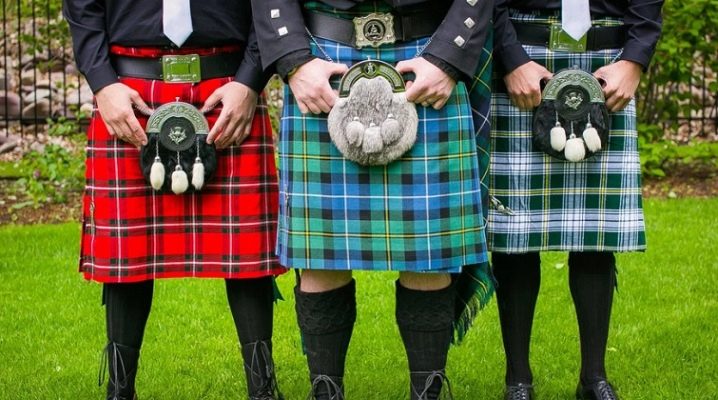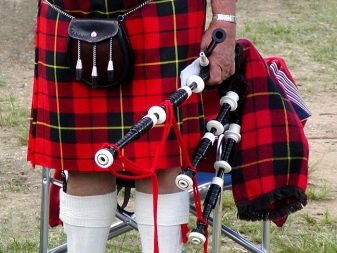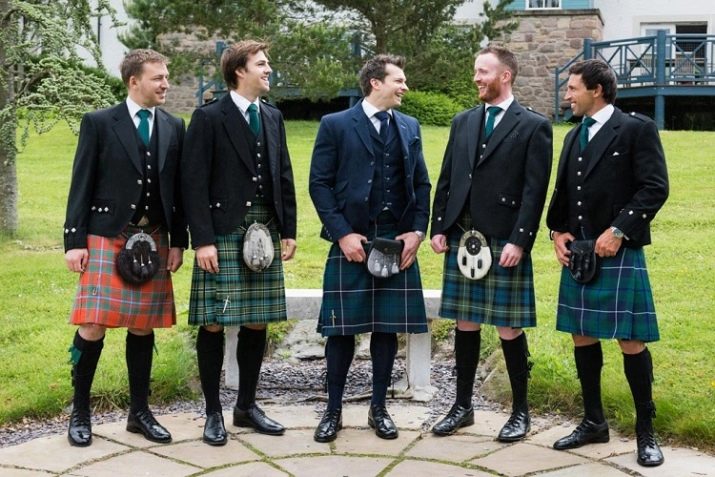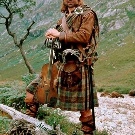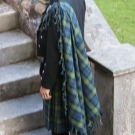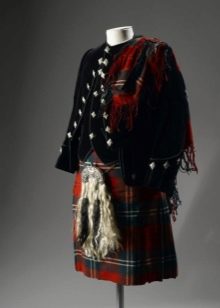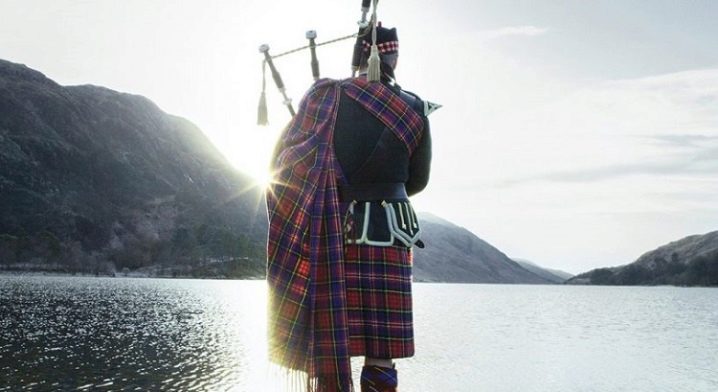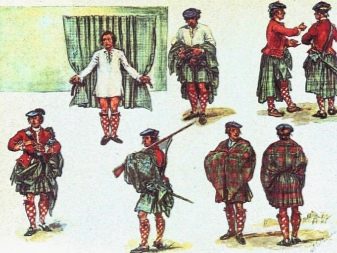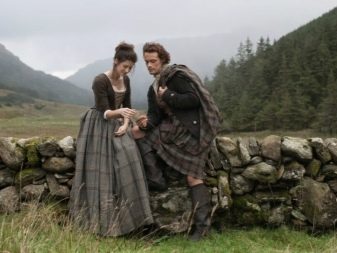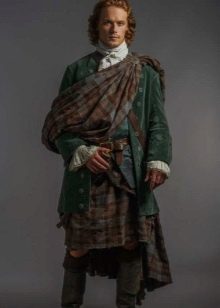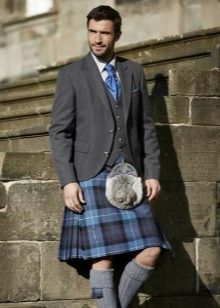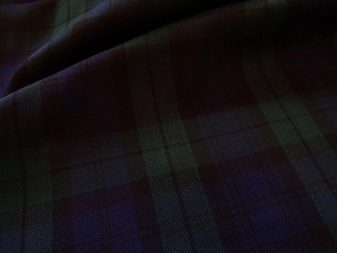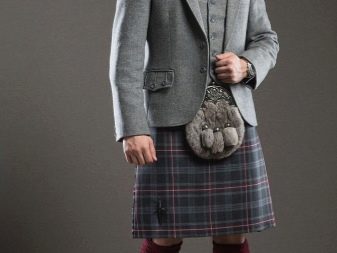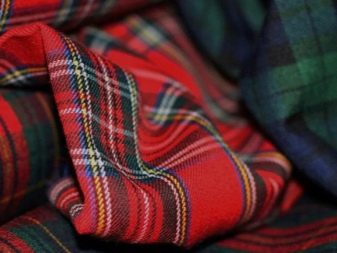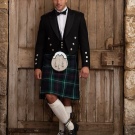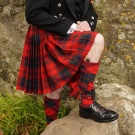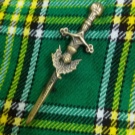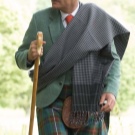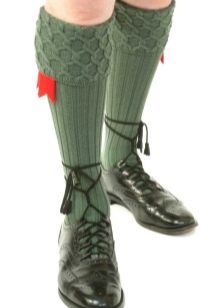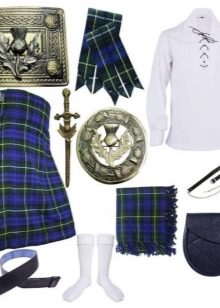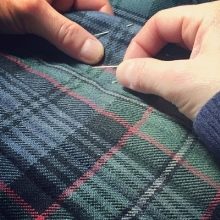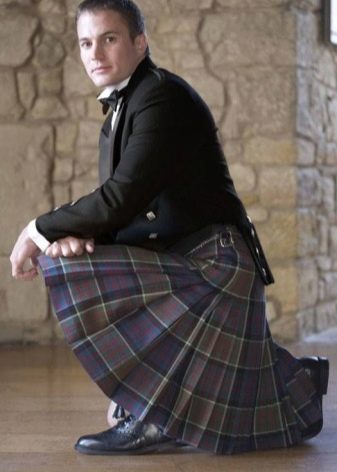Everything you need to know about kilts
Kilt is a fashionable trend of our time. Increasingly, men in Scottish skirts of various styles and cuts are parading on the world's catwalks. Designers are experimenting with mini kilts and kilts with modern details. Interest in traditional Scottish clothing is growing every year. Moreover, not only women, but also representatives of the stronger sex are interested in the Scottish skirt. However, there was no unambiguous opinion about wearing a kilt in society.
The older generation believes that traditional clothing is permissible to be worn at appropriate events in the country in which it was created. Young people see wearing a kilt as a cool way to stand out from the crowd and highlight their individuality. The controversy continues, and the kilt is still popular. It is worth learning the history of this garment in order to understand why it is so attracting everyone's attention.
What it is?
Kilt is the national Scottish clothing created by men for men. In other countries, this garment is mistakenly referred to as a "skirt". Actually A kilt is a piece of plaid fabric wrapped around the waist. It sits comfortably with straps and buckles that secure it in place. Initially, the kilt was a large woolen cloak that kept the highlanders warm on cold nights. Over time, only the lower part of the cloak remained, known as the Scottish skirt.
Comfortable and warm, it did not get tangled in the legs, did not get wet from snow and rain. And during the fighting, the soldiers dropped it and fought light. While the whole world is arguing about the advisability of wearing a kilt, in Scotland itself this part of men's clothing is worn only for weddings, sports events or musical performances.
Sometimes Scots wear a kilt for official events. For them, a kilt is a tribute to an ancient tradition. It is worth learning in more detail what it consists of.
History of origin
Once the kilt was worn only by warlike highlanders in one of the rainiest regions of Scotland - the highland Highlands. This piece of clothing did not let the owner freeze and dries quickly even after a heavy downpour. The very name "kilt" is translated from English-Scottish as "to wrap clothes around the body." Researchers note that this word has Old Norse roots. Translated from the Old Norse language, kilt means "folded".
It is not known exactly when this garment appeared. But the first mention of it dates back to 1594. English historians have described people in "speckled robes of various colors." Foreigners noted that Scottish warriors do not put on their own clothes, but wrap themselves in them. A couple of centuries later, historians will write that Scottish clothing is comfortable and does not restrict movement. It is comfortable at home, in the forest, and in the mountains. She helps the warriors to cross the rivers, literally without getting their clothes wet. Warriors in kilts make quick transitions and easily endure bad weather.
It should be noted that Scottish warriors were famous for their indefatigability, unpretentiousness and incredible endurance. Legends were written about their courage and fearlessness. And the traditional clothes of their native country gave them strength and raised their fighting spirit. In 1746, a Jacobite revolt took place in Scotland. Young Karl Stewart decided to take the Scottish throne from his father Jacob. The uprising was brutally suppressed, and national dress was prohibited by law. Moreover, both kilts and blankets were banned, and everything that reminded the authorities of the riot.
but the wayward highlanders took out plaid and sewed traditional clothes. They walked demonstratively with sticks on which tied trousers dangled. It is not known how this confrontation would have ended if the British authorities had not equipped their Scottish troops with national attributes. As a result, the soldiers who served the English crown were given the opportunity not to part with the traditional male attire. And after 36 years, the ban was finally lifted. Despite this, the kilt remained a military uniform.
Only in the middle of the 19th century, aristocrats and intellectuals began to wear the kilt as everyday clothes, making it a part of the national culture.
A little later, the fashion for the kilt spread to Ireland, the Isle of Man and Wales. Today, "trendsetters" recognize the purely nominal value of the kilt. This piece of clothing is willingly put on for special events, parties, carnivals, and they dress kids for national holidays. The military wear a kilt only for the parade to emphasize the adherence to a long tradition.
The rest of the world goes crazy and invents new variations of bright plaid fabric. Designers do not let their counterparts down, creating all new models. However, they continue to adhere to traditions. Surely, modern fashionistas will be interested to know what kind of Scottish kilt he is today.
What are they?
Traditionally, Scottish skirts are made from tartan, a thick woolen fabric. This durable and heavy material retains heat well. It is wear-resistant and durable. It is no coincidence that the highlanders chose this particular fabric for the kilt. The checkered pattern on the tartan is not just a drawing, but a kind of symbolism. It was once determined by the color and weave of threads which clan its owner belongs to. Particular importance was attached to the order and angle of intersection of the stripes.
Today, there are five main tartan patterns that emphasized the status of the Scottish family. For example, the Black Watch pattern in black and green checks emphasized the military status of a man. The green and white Dress Gordon is considered a festive option.
The wide red Royal Stewart check is popular all over the world. This pattern is either allowed on the lining, or used to decorate items of clothing.
The Scots determined the social status of a person by the number of flowers on a kilt. For example, the servants were content with plain black robes. Farmers sported two-tone kilts, and officers wore three-colored robes. Five colors were supposed to be worn by military leaders, six by poets and seven by leaders. Gradually, kilts began to be divided into large and small. It is worth considering in more detail the features of each type of this national dress.
Large
A large kilt is a canvas, the size of which reaches 13 meters. It is not difficult to put on such a kilt. Once the warlike highlanders put on it, wrapping a piece of fabric around the body and securing it with straps and buckles.
There are fans of big kilts in the modern world. But even they admit that such a dress is not very comfortable. Therefore, many are eyeing the "smaller" brother of the traditional Scottish kilt.
Small
A small version of the national dress appeared thanks to the Englishman Rollinson in 1725. He kept a steel mill, which employed Scots in national dress. The owner drew attention to the fact that it is difficult for the workers to carry out their duties, since the blanket impedes movement. Then he made a proposal to leave the lower part of the clothes, and remove the rest. The Scots supported the initiative. It really became more convenient to work, and the consumption of fabric has noticeably decreased.
The result was a piece of clothing that the whole world began to call the Scottish skirt. It is this wardrobe item that inspires fashion designers to create new looks. If a man decides to choose a kilt for himself, he should keep in mind: the purchase of one Scottish skirt will not be limited to. It is necessary to select the appropriate accessories for this garment.
Accessories
Traditionally, a kilt is sewn without pockets. A backpack or a regular bag will look funny and ridiculous with it. In addition, they will not protect against the accidental gust of wind, which will pull the kilt above your head. To avoid unpleasant accidents, it is better to choose a sporran - a leather bag that attaches to a wide leather belt.
Sporran is adorned with heavy metal pendants and patterns. This accessory is tied at the front to insure itself against any surprise. A heavy kiltpin should be attached to the front of the fabric. As a rule, they are made in the form of swords inscribed with Celtic letters. The pin is needed not so much for beauty as for making the kilt heavier.
The image will be incomplete without a long cotton shirt made from natural materials. It is worth putting on a beret on your head, and warming your legs with gaiters (or khosami). In this case, the color of the beret must match the color of the kilt, and the hoses must reach the knees. High leather boots with thick soles complete the look of a true warrior of Scotland. The choice has been made. But I really want all this splendor to last as long as possible. Therefore, before running to the store, it is worth learning how to make the right choice.
Selection Tips
As a rule, a kilt is sold in branded or specialized clothing stores. The prices there are rather big, and the quality of the goods may not be the highest. In order not to run into a fake, you should listen to the experts and take into account the following nuances.
- For winter, spring and autumn, things made of thick wool are suitable. However, in summer it will be uncomfortable to wear such a kilt. For the warm season, it is better to look at products made of acrylic or polyviscose.
- Kilts made from 100% wool are expensive. Products made from artificial materials are much cheaper. If you plan to wear a kilt for everyday life, you should give preference to cheap models. And an expensive item can be purchased for a special occasion.
- When trying on, be sure to kneel down. The distance from the kilt to the floor should be 4.5 cm. In addition, you should pay attention to the folds - they should correspond to the checkered pattern of the fabric.
As for the color of the kilt and the slope of the stripes, experts recommend that you be guided by your own preferences.
How to wear it correctly?
The purchase took place, it remains to find out how to wear a kilt correctly. You should not console yourself with the thought that few understand the peculiarities of Scottish clothing. Obvious "shoals" will not go unnoticed, and the hapless mod will become the subject of ridicule. To avoid negativity, it is worth learning how to put on a large kilt.
- Carefully spread the fabric on the floor and level it.
- Measure the width of your hip and transfer this value to one end of the fabric. Thus, an area is marked in which there will be no folds.
- Starting from the marked spot, collect a few wide or narrow folds. There is no need to gather folds at the other end of the fabric.
- Carefully, without lifting the fabric from the floor, stretch the belt under the kilt. The belt should pass at the waist level. To verify this, it is worth measuring the distance from the waist to the floor, and then transfer this value to the fabric.
- Then you need to bend the fabric and lower it to the level of the edges. It should look like an apron.
- The left side of the apron should be wrapped around the waist, and then the right side should be wrapped in the same way.
- Next, you need to tighten the belt and tuck the remaining fabric into the belt on the left and right.
- A piece of fabric should remain at the back, which should be thrown over the shoulder and secured with a pin.
To put on a small kilt, a fashionista does not need to know so many tricks. However, there is an important nuance that almost all beginners forget about. The pleats on the tartan skirt are always in the back, and the smooth linen is in the front. It is not uncommon to meet a would-be Scotsman who puts on a kilt backwards. Wearing underwear is considered another important point. According to tradition, the Scots do not wear it.
More recently, one of the Scottish public organizations considered it unhygienic and invited the men to put on underwear. Many took this as a personal insult and ignored the request of the initiators.
However, those who are just getting acquainted with the traditions of Scotland should not immediately abandon the usual elements of clothing. If someone feels that they are not ready to completely reincarnate into such a formidable warrior, then one should not rape nature.
Interesting Facts
The Scots made kilts from sheep's wool and dyed it with natural dyes. Black color was obtained from alder sap, yellow from birch sap. The heather sap gave the coat an orange tint. Blueberries dyed wool purple, and blackberries blue.
Plants grew in different parts of the area, as a result of which each family had its own unique color scheme. Contemporary fashion designer Edward Duncan is fighting to make kilts popular for men. According to him, the trousers can be left to women. Men came up with a skirt for the sake of their convenience and were repeatedly convinced of this.
Experts from the Parisian Beauty Institute unanimously declare that the kilt is the optimal solution for the summer. After all, summer clothes should be open. According to them, even the lightest pants do not allow the body to breathe. To sew a kilt yourself, you will have to buy 4.5-7 meters of wool or polyviscose (and 7 meters is far from the limit).
In this case, you should buy not just a plaid fabric, but a traditional tartan. This fabric is produced only in Scotland and is not cheap. Of course, it can be ordered directly from the manufacturer. But you must be prepared that the manufacturer will offer a wholesale purchase. Many firms refuse to sell less than 18-22.5 meters.
Stylish examples
- There is a mixture of styles: a national Scottish skirt and a black T-shirt with a funny print. The image is complemented by a black bag and high black boots. Looks organic and attracts attention.
- An original combination of traditional dress with strict classics. The black and red check of the kilt is harmoniously combined with the black and red tie. The look is complemented by dark green leggings and high boots. The right choice for a business person!
- A black shirt looks interesting with a gray check. Stylish, not marco, comfortable. A great option for everyday wear.
- A variation of the Scottish bridal suit. Dark bottom and light top. A black tote bag with metallic trim and a bunch of flowers create bold accents. The result is a unique image of the groom.
- Casual or walking option. The combination of colors is ideally matched: green, gray, blue. The optimal choice for those who love comfort, but want to look original.
